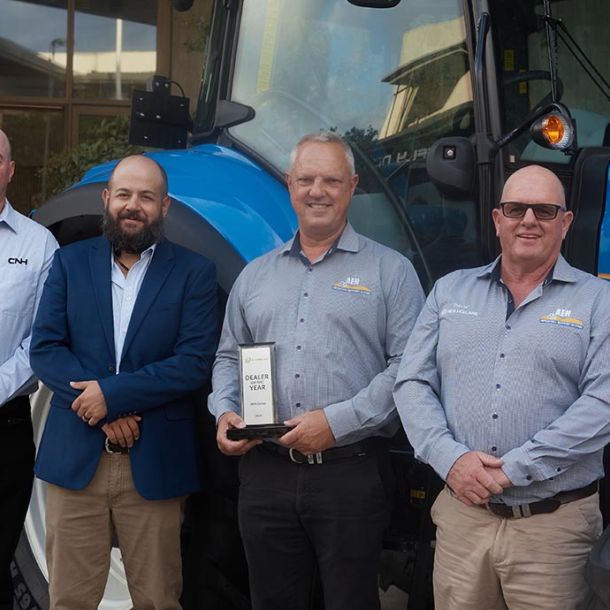Farms Work Best on Good Tucker
Few people can eat like farmers. When your day starts at sun-up and runs well past sun-down, it takes some energy to keep moving. And we all know that good fuel helps us perform our best. Our bodies metabolise it more efficiently and we work and feel better as a result.
We all like this good tucker, because it helps us meet our energy and performance needs. The same thing holds true for soils. Feeding them “good tucker” in the form of retained and incorporated residues gives them the fuel they need to support proper plant development during the next growing season. Similarly, with the good tucker provided by residue incorporation, soils can enrich themselves! This minimises their need for extra nutrients and undoes damage caused by poor soil conservation practices.
Increased Humus Levels
Reduced tillage correlates to a direct increase in soil humus levels, because it provides a more suitable environment for the decay of organic matter and the mineralisation of plant residues. Reducing tillage altogether, however, does not meet this issue. It’s the tillage action which brings about the residue incorporation necessary to put the nutrients down into the soil.
The Solution: Strategic Tillage (you can read more about strategic tillage here). More humus means more retention of nutrients, a better overall soil profile, and less need for additive nutrients.
Increased soil humus levels also provide higher concentrations of soil organic carbon (SOC). Higher levels of SOC increases the activity-level of beneficial soil microbes, as well as the diversity of those microbes. This improves fertility, overall soil profile, and water-holding capacity[1].
Residue Incorporation
Getting benefits of retained residues into the soil is one place where multi-function implements like the K-Line Ag Speedtiller® shine. Surface residues decay faster when they’re smaller, and the discing and trash-cutting components of the Speedtiller turn even the toughest maize stalks into smaller, more easily-compostable pieces. Faster decay means faster mineralisation of key nutrients, and earlier bioavailability of those nutrients to the next season’s crop. Some estimates put the rate of mineralisation by crop residues at 1/4 to 1/5 of the plant’s demand during peak growth, so faster mineralisation means better early growth in new crops[2].
Quality Seedbed Preparation
Seedbed preparation can be difficult in high residue soils. Soil surfaces with high residues are rough with retained stalks, root balls, and other detritus. However, good germination depends on the ability of the seed to remain in contact with moist, nutritive soil and is usually accomplished best in smoother soil.
Striking the balance between retaining valuable residues from a previous crop and meeting the seedbed needs of a new crop is another situation where the Speedtiller® excels. It allows farmers to address both the soil and the incoming crop needs with its multi-functional approach. The Speedtiller processes residues into small, easily integrated pieces, leaving a smooth, prepped seedbed surface and a high-residue, nutrient-rich humus to drive seed germination and growth.
Reduced Chemical Resistance
Soils with high residual organic matter from previous crops can create a barrier to new weed seed germination. Similarly, light tillage and residue incorporation with an implement like the K-Line Ag Speedtiller® can disrupt weed seed banks, delaying or eliminating germination or stunting weed growth. In this application, tillage can function as a mechanical means of weed control. It minimises the need for chemical controls and thus reduces the possibility of chemical resistance in local weed populations.
While we people realise that eating better improves our own performance, we as farm producers and managers need to recognise the correlation between this concept and the health and performance of our paddocks, soils and crops.








